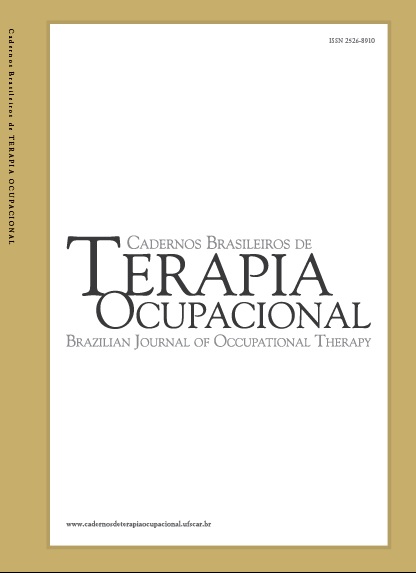Occupational therapy interventions in people after first-episode psychosis in the Brazilian context
DOI:
https://doi.org/10.1590/2526-8910.ctoAO395538381Keywords:
Occupational Therapy, Psychotic Disorders, Mental HealthAbstract
Introduction: The high prevalence of mental disorders and psychotic crises today is a major social concern. Considering the various social, occupational, and cognitive impacts associated with the first psychotic crisis, the role of occupational therapists in treating individuals affected by it stands out, as these professionals work to promote health and well-being through participation in meaningful activities and occupations. Objective: To identify and highlight the approaches and types of activities used by occupational therapists, the challenges faced by the population, and the obstacles encountered in providing care to individuals after their first psychotic crisis in Brazil. Methodology: This is a descriptive and exploratory research in which data was collected via an online form with 16 questions about the training and practices of occupational therapists working with people after their first psychotic crisis. Nine occupational therapists participated. Results: 66% of the participants currently work with this population, and the use of Psychosocial Rehabilitation was predominant in the interventions of the participating occupational therapists. The main challenges identified were stigma, the fragility of public policies, and difficulties in the social reintegration of these individuals. Conclusion: The work of these professionals reflects the historical context of occupational therapy in mental health in Brazil, especially regarding the emphasis on Psychosocial Rehabilitation and work in Psychosocial Care Centers, exploring the practices and challenges of occupational therapy in the country.
Downloads
Published
How to Cite
Issue
Section
License
Copyright (c) 2025 The Authors

This work is licensed under a Creative Commons Attribution 4.0 International License.


